Your cart is currently empty!
Tag: Modern

Scalability and Flexibility: Key Features of Modern Data Center Servers
In today’s fast-paced digital world, scalability and flexibility are key features that modern data center servers must possess in order to meet the increasing demands of businesses and organizations. Scalability refers to the ability of a system to handle a growing amount of work, or its potential to be enlarged to accommodate that growth. Flexibility, on the other hand, refers to the ability of a system to adapt and change easily in response to changing circumstances or requirements.Scalability and flexibility are crucial for data center servers because they allow organizations to easily expand their infrastructure as their needs grow, without having to completely overhaul their existing systems. This is particularly important in today’s data-driven world, where businesses are collecting and analyzing more data than ever before.
One of the key ways that modern data center servers achieve scalability is through virtualization. Virtualization allows multiple virtual servers to run on a single physical server, which enables organizations to easily scale up or down their computing resources as needed. This flexibility is essential for handling fluctuating workloads and ensuring that businesses can easily adapt to changing market conditions.
Another important feature of modern data center servers is the ability to easily add or remove storage capacity. With the increasing amount of data being generated and stored by organizations, having the ability to quickly expand storage capacity is essential. Modern data center servers often come equipped with hot-swappable drives, which allow for easy and quick installation of additional storage devices without having to power down the server.
In addition to scalability and flexibility, modern data center servers also prioritize energy efficiency. With the rising costs of electricity and the growing focus on sustainability, data centers are under pressure to reduce their energy consumption. Many modern servers are designed with energy-efficient components and power management features that help to minimize their environmental impact while still delivering high performance.
Overall, scalability and flexibility are key features that modern data center servers must possess in order to meet the growing demands of businesses and organizations. By investing in servers that prioritize these features, organizations can ensure that their infrastructure is able to grow and adapt to changing requirements, while also remaining energy-efficient and cost-effective.

Innovations in Electrical Systems for Modern Data Centers
As technology continues to advance at a rapid pace, data centers are evolving to keep up with the increasing demands of businesses and consumers. One of the key areas of innovation in modern data centers is in the electrical systems that power and support the vast amounts of data being processed and stored.Traditionally, data centers have relied on large amounts of electricity to power their operations, leading to high energy consumption and costs. However, with the growing focus on sustainability and energy efficiency, data center operators are turning to innovative solutions to reduce their environmental impact and lower their operating expenses.
One of the latest innovations in electrical systems for data centers is the use of renewable energy sources, such as solar and wind power. By harnessing these clean energy sources, data centers can significantly reduce their carbon footprint and reliance on traditional fossil fuels. In addition, advancements in energy storage technology, such as batteries and flywheels, are enabling data centers to store excess energy and use it during peak demand periods, further improving their energy efficiency.
Another key innovation in electrical systems for data centers is the adoption of modular and scalable power distribution systems. These systems allow data center operators to easily expand their power infrastructure as their needs grow, without the need for costly and time-consuming upgrades. By utilizing modular power distribution units, data centers can also improve their flexibility and resilience, ensuring continuous operations in the event of a power outage or equipment failure.
Furthermore, advancements in power management software are helping data center operators optimize their energy usage and reduce waste. By monitoring and analyzing power consumption in real-time, operators can identify areas for improvement and implement energy-saving measures to increase efficiency and reduce costs.
Overall, the innovations in electrical systems for modern data centers are revolutionizing the way these facilities are powered and operated. By embracing renewable energy sources, adopting modular power distribution systems, and leveraging power management software, data centers are becoming more sustainable, efficient, and resilient. As the demand for data continues to grow, these innovations will be crucial in ensuring the continued success and viability of data centers in the digital age.
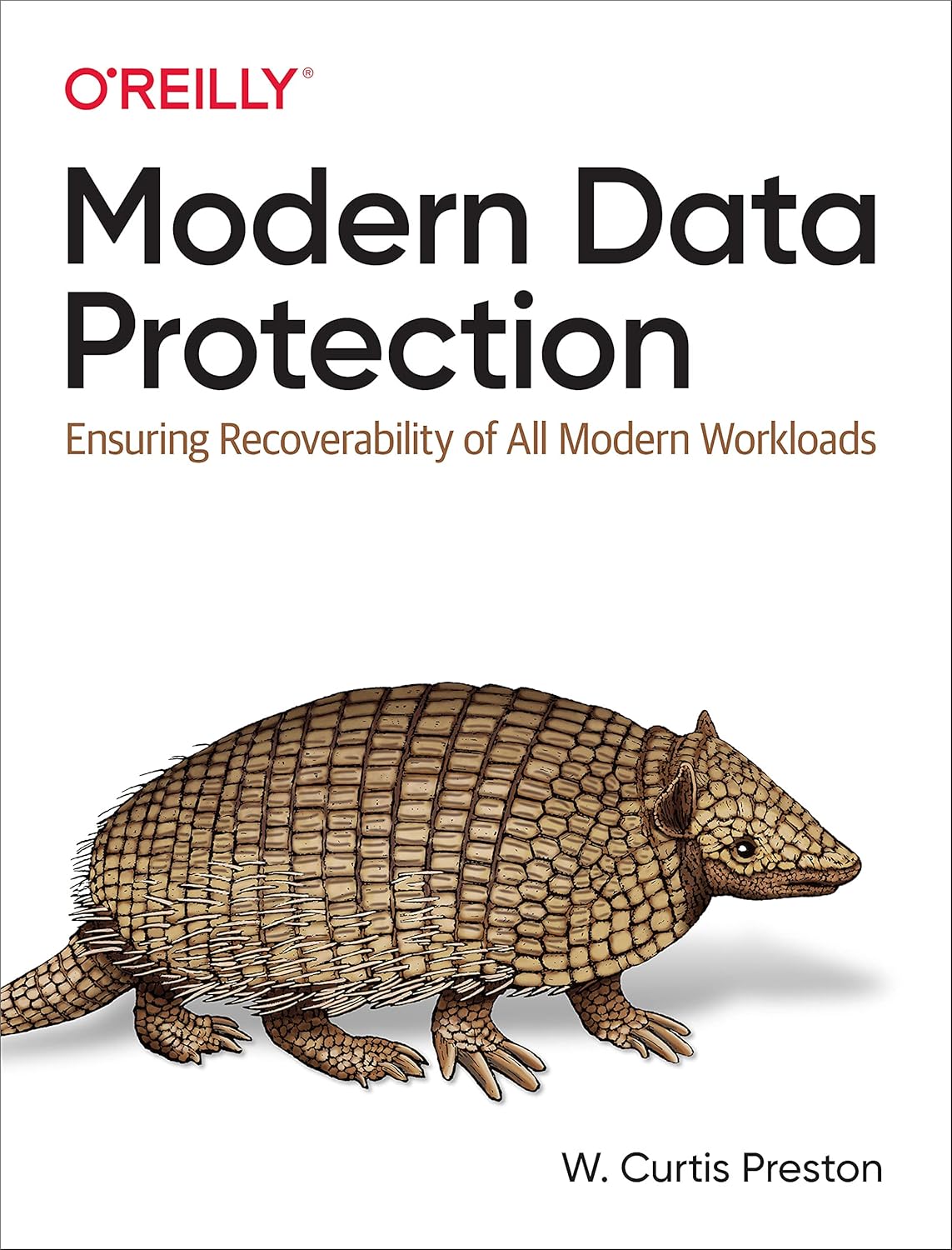
Modern Data Protection: Ensuring Recoverability of All Modern Workloads
Price:$65.99– $59.49
(as of Nov 21,2024 01:06:09 UTC – Details)From the brand


Databases, data science & more


Sharing the knowledge of experts
O’Reilly’s mission is to change the world by sharing the knowledge of innovators. For over 40 years, we’ve inspired companies and individuals to do new things (and do them better) by providing the skills and understanding that are necessary for success.
Our customers are hungry to build the innovations that propel the world forward. And we help them do just that.
Publisher : O’Reilly Media; 1st edition (June 8, 2021)
Language : English
Paperback : 384 pages
ISBN-10 : 1492094056
ISBN-13 : 978-1492094050
Item Weight : 2.31 pounds
Dimensions : 6.75 x 1 x 9 inches
In today’s digital age, data protection is more important than ever. With the increasing amount of data being generated and stored by businesses, ensuring the recoverability of all modern workloads is crucial. From traditional on-premises applications to cloud-based services and virtual environments, organizations need a comprehensive data protection strategy to safeguard their data and ensure business continuity.Modern workloads, such as virtual machines, containers, and cloud-native applications, present unique challenges when it comes to data protection. These dynamic and distributed workloads require a modern approach to data protection that can adapt to the changing landscape of IT environments.
To ensure the recoverability of all modern workloads, organizations should consider implementing the following best practices:
1. Embrace a multi-tiered data protection strategy: Organizations should leverage a combination of backup, replication, and disaster recovery solutions to ensure comprehensive data protection across all modern workloads. This multi-tiered approach helps organizations minimize data loss and downtime in the event of a disaster.
2. Implement data protection across all environments: From on-premises data centers to public and private cloud environments, organizations should implement data protection solutions that can support all modern workloads. This ensures that data is protected regardless of where it resides.
3. Automate data protection processes: With the increasing complexity of IT environments, automation is key to ensuring the recoverability of all modern workloads. Organizations should leverage automation tools to streamline data protection processes and reduce the risk of human error.
4. Test data recovery processes regularly: Regularly testing data recovery processes is essential to ensure the recoverability of all modern workloads. Organizations should conduct regular disaster recovery tests to validate their data protection strategy and identify any potential gaps or weaknesses.
By following these best practices, organizations can ensure the recoverability of all modern workloads and protect their data from potential threats and disasters. In today’s digital landscape, data protection is not just a best practice – it’s a business imperative.
#Modern #Data #Protection #Ensuring #Recoverability #Modern #Workloads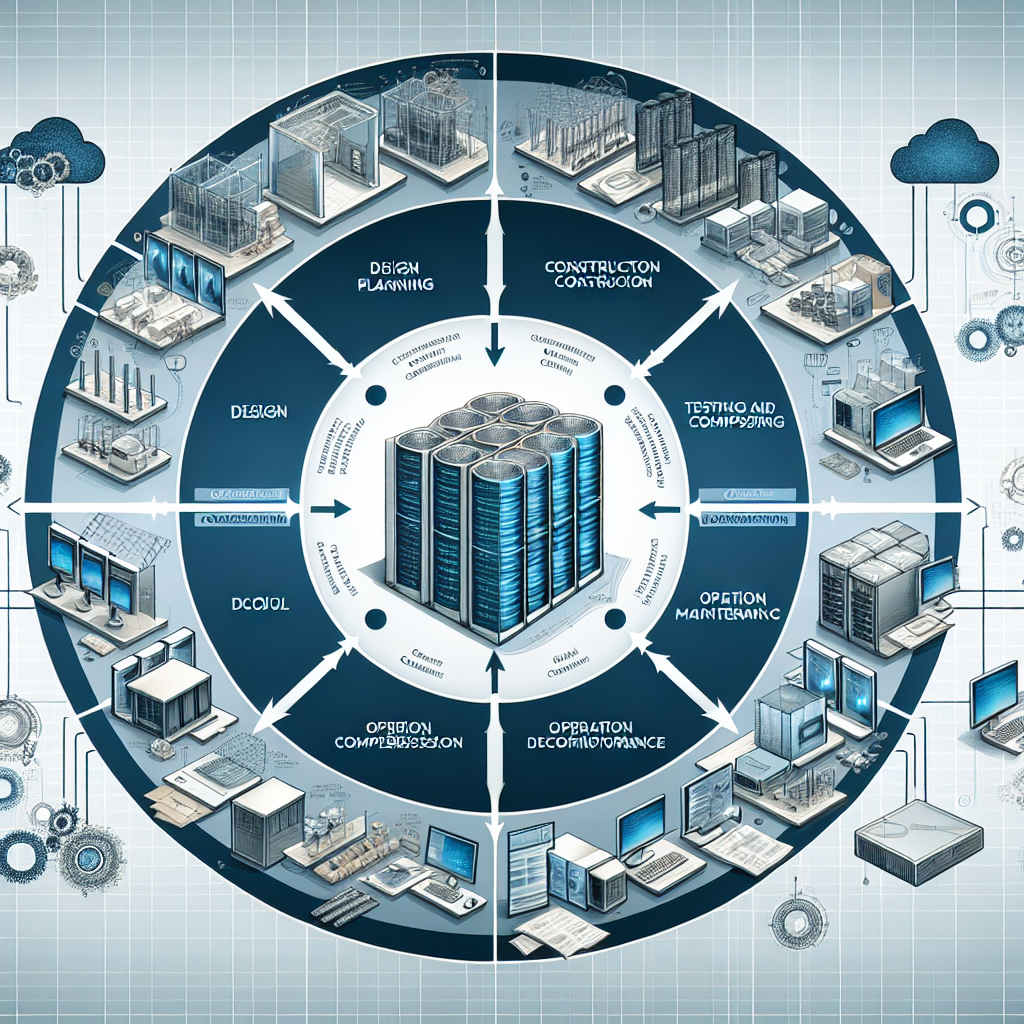
The Importance of Data Center Lifecycle Management in Modern Business
In today’s digital age, data has become one of the most valuable assets for businesses. With the increasing amount of data being generated and stored, it has become essential for companies to effectively manage their data center lifecycle to ensure the smooth operation of their business.Data center lifecycle management involves the planning, design, construction, operation, and maintenance of data centers. It is crucial for businesses to have a well-defined lifecycle management strategy in place to ensure that their data centers are efficient, secure, and scalable.
One of the key reasons why data center lifecycle management is important for modern businesses is the need for scalability. As businesses grow, so does their data storage requirements. By effectively managing the lifecycle of their data centers, companies can easily scale up or down their storage capacity to meet their changing needs.
Another important aspect of data center lifecycle management is security. Data breaches have become increasingly common in recent years, and businesses need to ensure that their data centers are secure from cyber threats. By implementing robust security measures throughout the lifecycle of their data centers, companies can protect their sensitive data and maintain the trust of their customers.
Furthermore, data center lifecycle management helps businesses to optimize their operational efficiency. By regularly updating and maintaining their data centers, companies can ensure that their systems are running at peak performance, reducing downtime and increasing productivity.
In addition, data center lifecycle management can also help businesses to reduce costs. By properly managing their data centers, companies can identify areas where they can cut costs, such as through energy efficiency measures or consolidation of servers. This can result in significant cost savings for the business in the long run.
Overall, the importance of data center lifecycle management in modern business cannot be overstated. By effectively managing the lifecycle of their data centers, companies can ensure that their systems are secure, scalable, efficient, and cost-effective. This can give businesses a competitive edge in today’s fast-paced and data-driven business environment.

The Role of Flash Storage in Modern Data Centers
Flash storage has revolutionized the way data centers operate in the modern world. With its ability to provide fast and reliable access to data, flash storage has become an essential component of any data center infrastructure.One of the key roles of flash storage in modern data centers is its ability to improve the performance of applications and workloads. Traditional hard drives are limited by their mechanical components, which can lead to slower read and write speeds. Flash storage, on the other hand, uses solid-state technology to store data, resulting in much faster access times. This means that applications can run more efficiently and users can access data more quickly, leading to improved overall performance.
In addition to performance benefits, flash storage also offers increased reliability and durability. Traditional hard drives are prone to mechanical failures and data loss, especially in high-usage environments. Flash storage, with its lack of moving parts, is much more resilient to wear and tear, making it a more reliable option for data storage. This increased reliability can help to minimize downtime and ensure that critical data is always accessible.
Another important role of flash storage in modern data centers is its ability to optimize data center resources. Flash storage is more energy-efficient than traditional hard drives, which can help to reduce power consumption and lower operating costs. Additionally, flash storage takes up less physical space than traditional hard drives, allowing data centers to maximize their storage capacity and reduce their overall footprint.
Overall, flash storage plays a crucial role in modern data centers by improving performance, reliability, and resource efficiency. As data centers continue to grow and evolve, flash storage will become an even more essential component of their infrastructure. By embracing flash storage technology, data centers can ensure that they are able to meet the demands of today’s data-driven world.
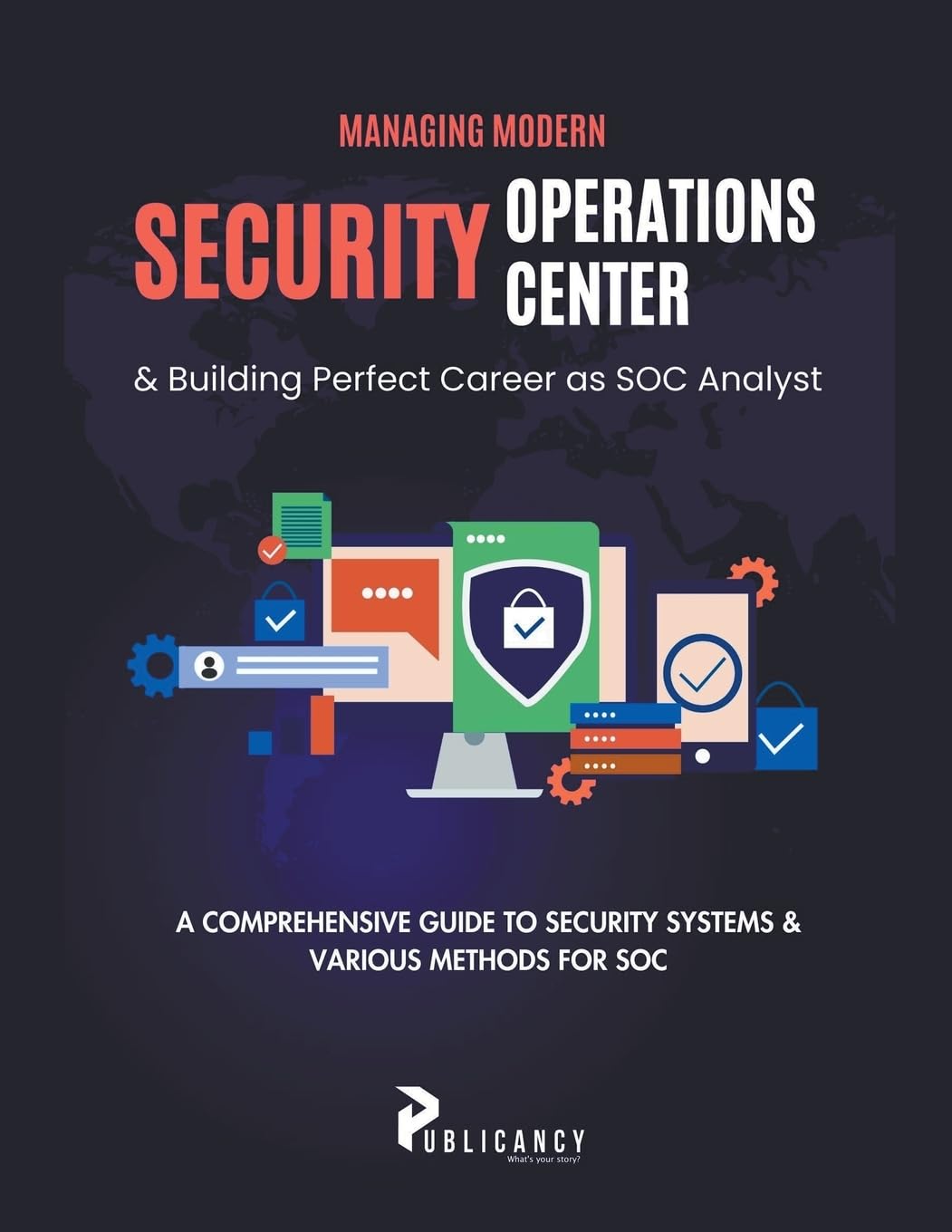
Managing Modern Security Operations Center & Building Perfect Career as SOC Analyst
Price: $17.00
(as of Nov 20,2024 08:37:23 UTC – Details)
ASIN : B0CGTNT4L4
Publisher : Publicancy Ltd (July 18, 2023)
Language : English
Paperback : 126 pages
ISBN-13 : 979-8223842675
Item Weight : 10.9 ounces
Dimensions : 8.5 x 0.27 x 11 inches
In today’s rapidly evolving digital landscape, the role of a Security Operations Center (SOC) has become more crucial than ever. As cyber threats continue to increase in sophistication and frequency, organizations rely on their SOC to detect, respond to, and mitigate security incidents in real-time.Managing a modern SOC requires a combination of technical expertise, strategic thinking, and strong leadership skills. SOC managers must stay ahead of the curve by keeping up with the latest threats, technologies, and best practices in cybersecurity. They must also effectively communicate with stakeholders, prioritize tasks, and make quick decisions under pressure.
For aspiring cybersecurity professionals looking to build a successful career as a SOC Analyst, there are several key steps to consider. First and foremost, it’s important to obtain relevant certifications such as Certified Information Systems Security Professional (CISSP), Certified Ethical Hacker (CEH), or CompTIA Security+. These certifications demonstrate your knowledge and expertise in the field of cybersecurity and can help you stand out to potential employers.
Additionally, gaining hands-on experience through internships, co-op programs, or entry-level positions in a SOC can provide valuable insights and skills that are essential for success in this role. It’s also important to stay current with industry trends, attend cybersecurity conferences, and participate in training programs to continue learning and growing in your career.
Overall, managing a modern SOC and building a perfect career as a SOC Analyst requires a combination of technical skills, strategic thinking, and a passion for cybersecurity. By staying proactive, continuously learning, and networking with industry professionals, you can position yourself for success in this fast-paced and rewarding field.
#Managing #Modern #Security #Operations #Center #Building #Perfect #Career #SOC #Analyst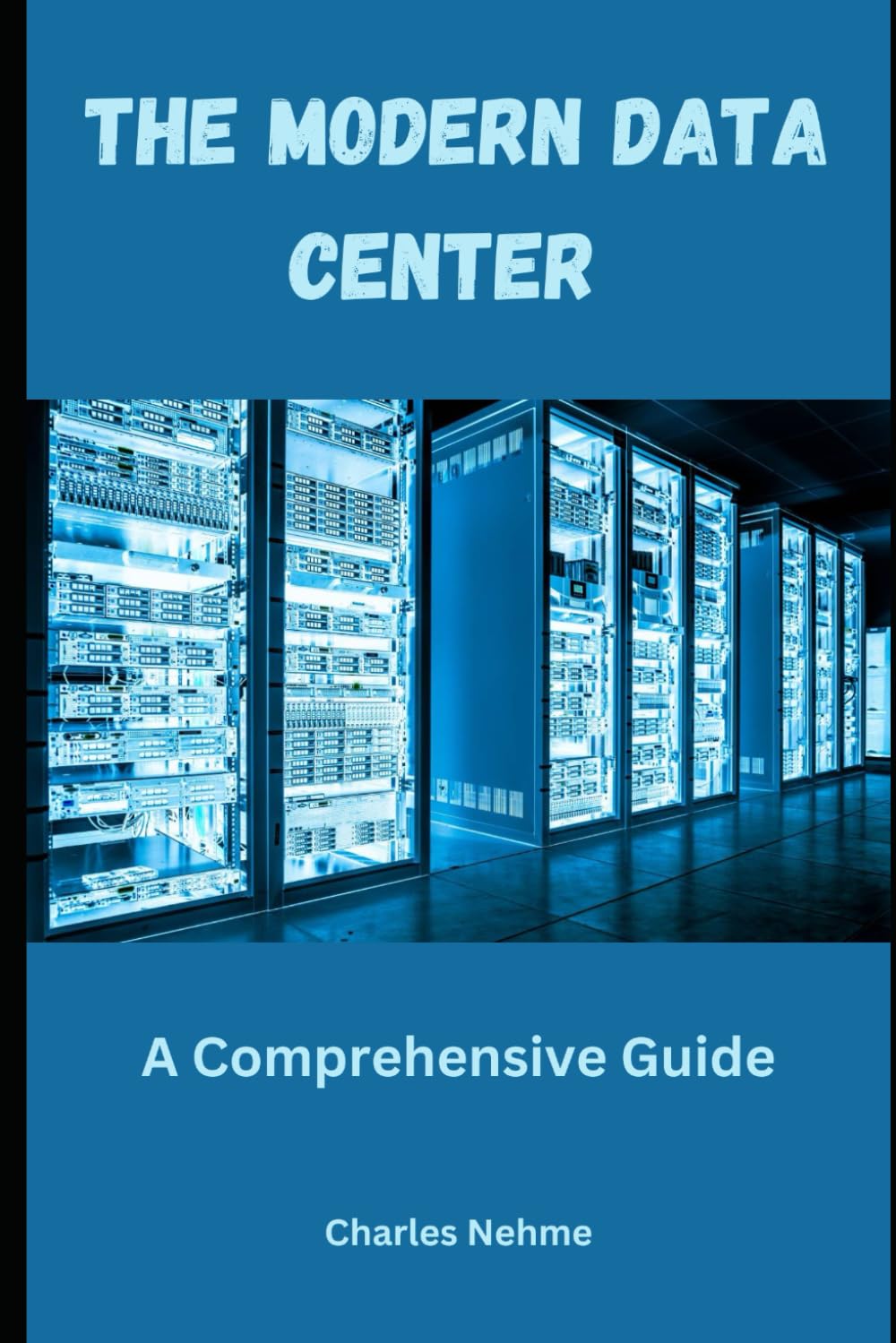
The Modern Data Center: A Comprehensive Guide
Price: $30.00
(as of Nov 20,2024 08:10:43 UTC – Details)
ASIN : B0D9HP33QS
Publisher : Independently published (July 15, 2024)
Language : English
Paperback : 197 pages
ISBN-13 : 979-8333198792
Item Weight : 12.6 ounces
Dimensions : 6 x 0.45 x 9 inches
In today’s digital age, data centers are at the heart of every organization’s operations. They serve as the backbone of the IT infrastructure, housing and managing the vast amounts of data that businesses generate and rely on for their day-to-day operations. As technology continues to advance, the modern data center has evolved to meet the growing demands for scalability, efficiency, and security.In this comprehensive guide, we will explore the key components and considerations of a modern data center, including:
1. Infrastructure: The physical components of a data center, such as servers, storage systems, networking equipment, and cooling systems, that are essential for storing and processing data.
2. Virtualization: The use of virtual machines and software-defined networking to maximize the efficiency and flexibility of data center resources.
3. Automation: The implementation of automated processes and workflows to streamline data center operations and improve overall efficiency.
4. Security: The measures and protocols in place to protect data from cyber threats and ensure compliance with data privacy regulations.
5. Scalability: The ability of a data center to easily expand or contract its resources based on changing business needs.
6. Energy efficiency: The use of energy-efficient technologies and practices to reduce the environmental impact of data center operations.
7. Disaster recovery: The strategies and technologies used to ensure business continuity in the event of a data center outage or disaster.
By understanding these key components and considerations, organizations can design and manage a modern data center that meets their specific needs and sets them up for success in the digital economy. Stay tuned for more in-depth articles on each of these topics in the coming weeks.
#Modern #Data #Center #Comprehensive #Guide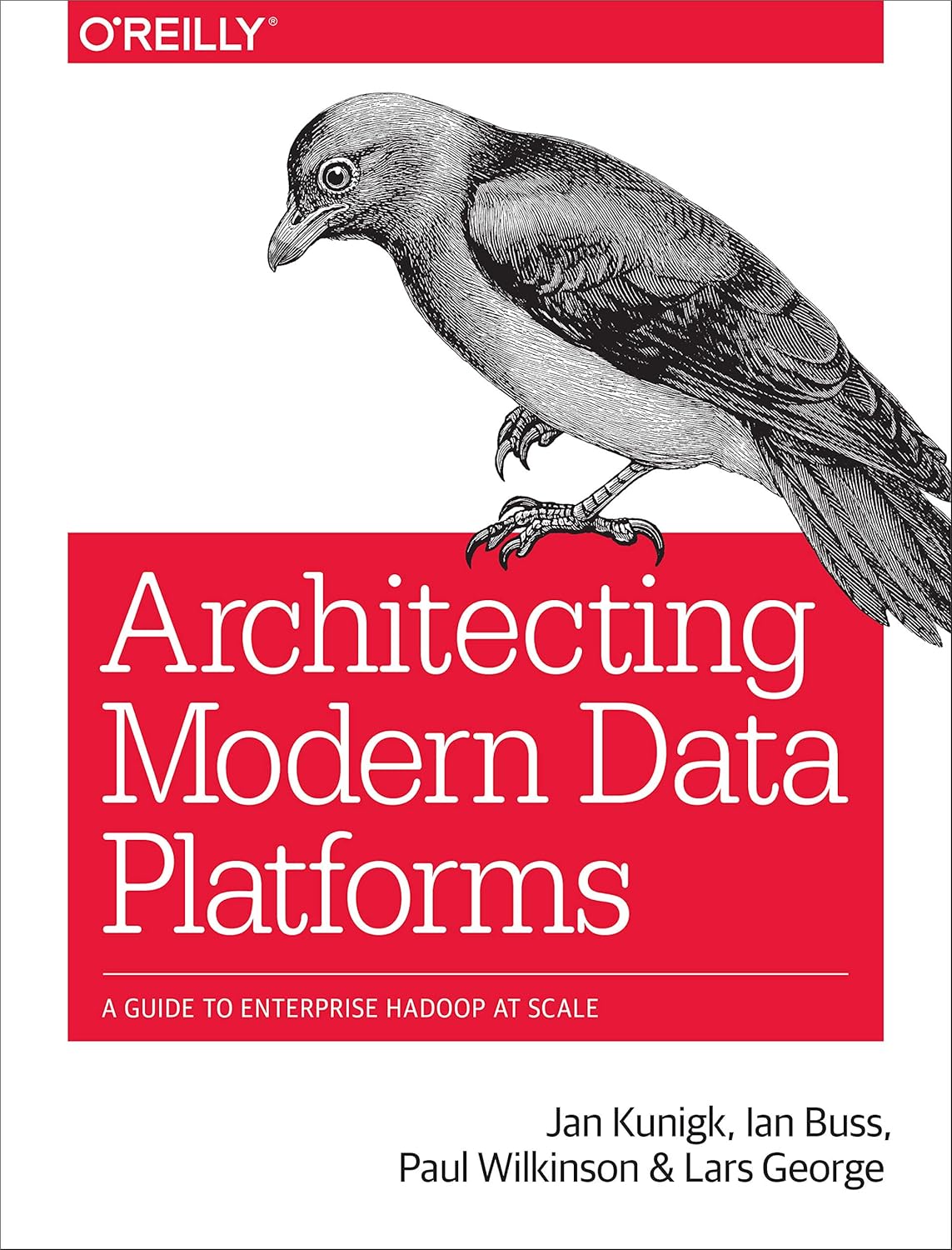
Architecting Modern Data Platforms: A Guide to Enterprise Hadoop at Scale
Price:$89.99– $42.37
(as of Nov 20,2024 08:02:35 UTC – Details)From the brand


Databases, data science & more


Sharing the knowledge of experts
O’Reilly’s mission is to change the world by sharing the knowledge of innovators. For over 40 years, we’ve inspired companies and individuals to do new things (and do them better) by providing the skills and understanding that are necessary for success.
Our customers are hungry to build the innovations that propel the world forward. And we help them do just that.
Publisher : O’Reilly Media; 1st edition (January 29, 2019)
Language : English
Paperback : 633 pages
ISBN-10 : 149196927X
ISBN-13 : 978-1491969274
Item Weight : 2.2 pounds
Dimensions : 7 x 1.3 x 9.1 inches
Architecting Modern Data Platforms: A Guide to Enterprise Hadoop at ScaleIn today’s data-driven world, businesses are constantly looking for ways to harness the power of big data to drive insights and make informed decisions. One technology that has emerged as a key player in this space is Hadoop, an open-source framework that allows for the distributed processing of large data sets across clusters of computers.
However, implementing Hadoop at an enterprise scale requires careful planning and architecture to ensure smooth operations and efficient data processing. In this guide, we will discuss the key considerations and best practices for architecting modern data platforms using Hadoop at scale.
1. Scalability: One of the key advantages of Hadoop is its ability to scale horizontally, allowing organizations to add more nodes to their clusters as their data and processing needs grow. When architecting a Hadoop platform, it’s important to design for scalability from the start, ensuring that the system can easily expand to accommodate larger workloads.
2. High availability: Data is a critical asset for any organization, and downtime can have serious consequences. Ensuring high availability is essential when architecting a Hadoop platform, with redundant systems and failover mechanisms in place to minimize disruptions and ensure data integrity.
3. Security: With the increasing volume and diversity of data being processed by Hadoop platforms, security is a top concern for organizations. Implementing robust security measures, such as encryption, authentication, and access controls, is essential to protecting sensitive data and ensuring compliance with regulatory requirements.
4. Data governance: As data volumes grow, so does the complexity of managing and governing that data. Establishing clear policies and procedures for data governance, including data quality, metadata management, and lineage tracking, is crucial for maintaining the integrity and reliability of the data processed by Hadoop platforms.
5. Performance optimization: To maximize the performance of a Hadoop platform, it’s important to optimize the configuration of the system, including tuning parameters such as memory allocation, disk I/O, and network bandwidth. Monitoring and fine-tuning the system regularly will help identify bottlenecks and ensure optimal performance.
By following these best practices and considerations, organizations can architect modern data platforms using Hadoop at scale, enabling them to unlock the full potential of their data and drive business success in the digital age.
#Architecting #Modern #Data #Platforms #Guide #Enterprise #Hadoop #Scale
The Importance of Data Center Infrastructure Management (DCIM) in Modern Businesses
In today’s digital age, data has become one of the most valuable assets for businesses. With the increasing amount of data being generated and stored, the need for efficient data center infrastructure management (DCIM) has become more important than ever before.DCIM refers to the monitoring, managing, and optimizing of data center infrastructure and resources. This includes servers, storage, networking equipment, and power and cooling systems. DCIM solutions provide businesses with real-time visibility into their data center operations, allowing them to make informed decisions and improve efficiency.
One of the key benefits of DCIM is improved operational efficiency. By monitoring and analyzing data center performance metrics, businesses can identify areas of inefficiency and optimize their infrastructure to reduce costs and improve productivity. For example, DCIM solutions can help businesses identify underutilized servers or cooling systems that are running at full capacity, allowing them to make adjustments to improve efficiency.
In addition, DCIM can help businesses ensure the reliability and availability of their data center infrastructure. By monitoring critical systems and alerting IT staff to potential issues, businesses can prevent downtime and ensure that their data is always accessible. This is especially important for businesses that rely on their data center to support mission-critical applications and services.
Furthermore, DCIM can help businesses improve their overall sustainability and environmental footprint. By monitoring power usage and cooling efficiency, businesses can identify opportunities to reduce energy consumption and lower their carbon footprint. This not only helps businesses reduce their operating costs but also demonstrates their commitment to environmental responsibility.
Overall, DCIM is essential for modern businesses looking to stay competitive in today’s data-driven world. By providing real-time visibility, optimization, and efficiency, DCIM solutions can help businesses improve their operational performance, reduce costs, and ensure the reliability and availability of their data center infrastructure. As businesses continue to rely more heavily on data, investing in DCIM is a smart decision that can lead to long-term success.

Modern Refrigeration and Air Conditioning (Modern Refridgeration and – VERY GOOD

Modern Refrigeration and Air Conditioning (Modern Refridgeration and – VERY GOOD
Price : 15.36
Ends on : N/A
View on eBay
Modern refrigeration and air conditioning systems have come a long way in recent years, making them more efficient, environmentally friendly, and user-friendly than ever before. From smart thermostats that can be controlled remotely to energy-efficient compressors that reduce electricity usage, modern refrigeration and air conditioning technology has truly revolutionized the way we keep our homes and businesses comfortable.One of the key advancements in modern refrigeration and air conditioning is the use of environmentally friendly refrigerants. Traditional refrigerants like Freon have been phased out due to their harmful effects on the ozone layer. Now, manufacturers are using more eco-friendly options like R-410A and R-32, which have a lower impact on the environment.
Another important development in modern refrigeration and air conditioning is the integration of smart technology. Smart thermostats allow users to control their HVAC systems remotely from their smartphones, adjust temperatures based on their schedules, and even receive alerts when it’s time to change filters or schedule maintenance. This not only makes it more convenient for users but also helps save energy and reduce utility bills.
Additionally, modern refrigeration and air conditioning systems are more energy-efficient than ever before. New compressors and components are designed to operate more efficiently, reducing electricity consumption and lowering carbon emissions. This not only benefits the environment but also saves users money in the long run.
Overall, modern refrigeration and air conditioning technology has made significant strides in improving comfort, efficiency, and sustainability. By investing in a modern system, you can enjoy a more comfortable living or working environment while also reducing your carbon footprint.
#Modern #Refrigeration #Air #Conditioning #Modern #Refridgeration #GOOD
